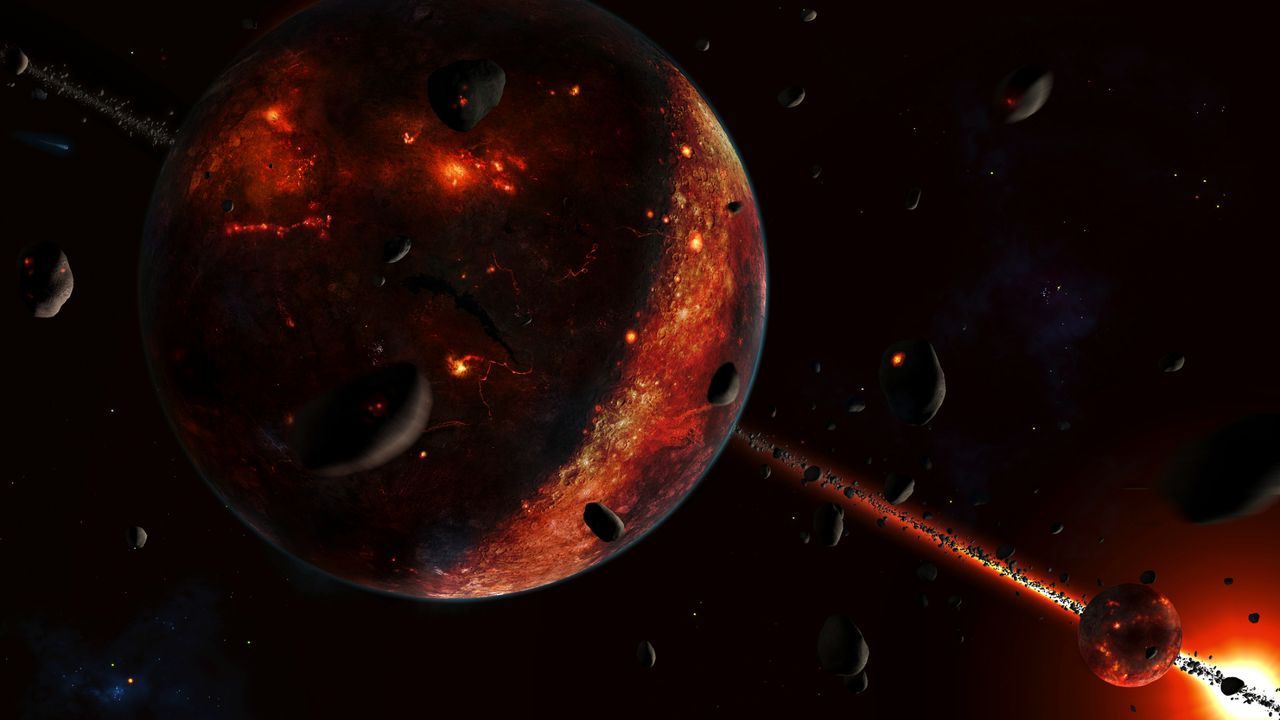Researchers have identified what may be the first direct evidence of material from the “proto-Earth,” a primordial version of our planet that existed approximately 4.5 billion years ago. This discovery offers a glimpse into Earth’s early building blocks and could reshape our understanding of its formation. The findings were published on October 14, 2023, in the journal Nature Geoscience.
The study reveals that remnants of the proto-Earth may have been preserved deep within Earth’s rocks for billions of years. This information emerged following an analysis led by Nicole Nie, an assistant professor of Earth and planetary sciences at the Massachusetts Institute of Technology (MIT). Nie emphasized the significance of these findings, stating, “This is maybe the first direct evidence that we’ve preserved the proto-Earth materials.”
Our solar system was a turbulent place around 4.5 billion years ago, characterized by a swirling cloud of gas and dust that formed the first asteroids and planets. The young Earth was a molten sphere, likely covered in oceans of lava. Less than 100 million years later, a Mars-sized asteroid collided with the proto-Earth, resulting in an event that melted and remixed nearly the entire planet, ultimately leading to the creation of the Moon.
For decades, scientists have believed that this “giant impact” erased nearly all chemical traces of the planet’s early composition. However, Nie and her colleagues found an unexpected imbalance in potassium isotopes within ancient rock samples. Specifically, they discovered a deficit of potassium-40, which they argue could represent material that survived from the proto-Earth itself.
“We see a piece of the very ancient Earth, even before the giant impact,” Nie stated. “This is amazing because we would expect this very early signature to be slowly erased through Earth’s evolution.”
The researchers analyzed meteorites formed at various times and locations throughout the solar system. They found subtle potassium isotopic differences, which suggested that these isotopes could serve as tracers for Earth’s building blocks. In their latest study, the team searched for similar potassium anomalies in Earth’s oldest and deepest rocks, including samples from locations such as Greenland, the Abitibi belt in Canada, and the Kama’ehuakanaloa and Mauna Loa volcanoes in Hawaii.
Nie noted, “If this potassium signature is preserved, we would want to look for it in deep time and deep Earth.” The researchers found that the ancient materials contained even less potassium-40 than expected, indicating that these rocks were formed differently from those encountered in typical geological processes.
To identify this small signal, the researchers dissolved powdered rock samples in acid, isolated the resulting potassium, and utilized an ultra-sensitive mass spectrometer to measure the ratios of the element’s three isotopes. Additionally, they conducted computer simulations to assess whether known geological or cosmic processes, such as asteroid impacts or large-scale planetary melting, could explain the observed potassium isotope ratios.
In every scenario they modeled, the rocks from Canada, Greenland, and Hawaii contained less potassium-40 than predicted, suggesting that they preserve remnants of the primitive proto-Earth mantle that largely escaped mixing during the giant impact.
While previous studies of meteorites also revealed potassium anomalies, they did not exhibit the exact same deficit, indicating that the materials responsible for forming the proto-Earth have yet to be fully discovered. Nie explained, “Scientists have been trying to understand Earth’s original chemical composition by combining the compositions of different groups of meteorites. But our study shows that the current meteorite inventory is not complete, and there is much more to learn about where our planet came from.”
This groundbreaking research not only sheds light on Earth’s early history but also emphasizes the need for continued exploration and analysis to fully understand the processes that shaped our planet. The discovery of proto-Earth materials has the potential to change how scientists approach the study of planetary formation and evolution, providing a clearer picture of our planet’s origins.







































































